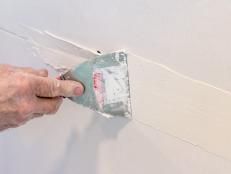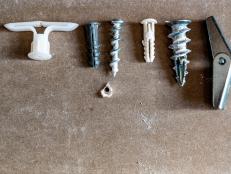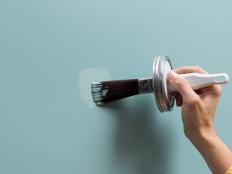Drywall Cracks and Nail Holes
Drywall Cracks
Take a look at the walls in your house. Chances are they’re made from wallboard or drywall. And like the buyers in Fernandina Beach, Fla., found out, drywall is easily damaged. The good news is it’s easily fixed.
A house expands and contracts depending on the weather. That can cause the framing to swell or shrink, which can create cracks in the drywall. But fixing those cracks can be simple, depending on where they’re located.
If the crack appears on a flat surface, use spackle or joint compound, available pre-mixed from the local hardware store. Spackle and joint compound can also be use for cracks along a wall edge or an outside corner. It will hold and dry even at odd angles. Use caulk if cracks appear where the ceiling meets the wall. Caulk is flexible and can withstand a slight bit of settlement.
Sand, prime and paint the wall after you’ve repaired the crack. And then stand by for the next change of seasons and the next round of drywall cracks.
Nail Holes
What is a nail for? Obviously, it’s used to hold two pieces of material together. But if the nail head is pounded below the top surface, the nail can lose holding power and the hole it leaves behind can lead to additional damage.
As our homeowner in Oak Ridge, N.C., found out, his nails were set too deeply into the pressboard siding of the house, allowing water to enter the nail holes and rot the material. Without repair, the water could eventually do a lot of damage. But the good news is this problem's easy to fix.
First, remove the pockets of rot and clean out the nail holes. Then fill the holes with putty and sand it down evenly with the surface. Then coat the repair with a primer and paint.













































